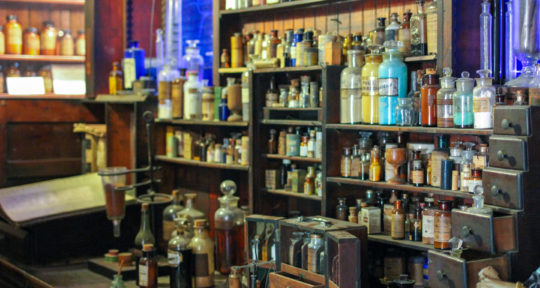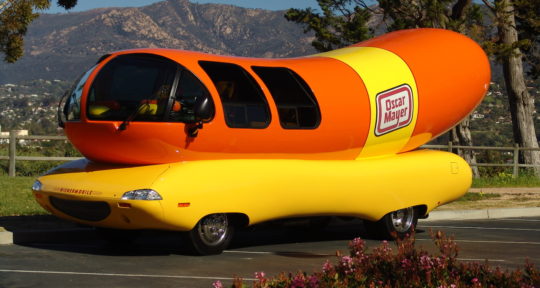During a 12-hour drive to Auburn, Indiana, I try to imagine the emergence of automobiles into the landscape at the turn of the 20th century. Back then, each car on the road was a rolling work of art, and many of them were hand-built by pioneering designers and engineers from this very city.
The story of automobiles in Auburn began in 1904 when the local Eckhart Carriage Company started making horseless carriages. In 1924, salesman E. L. Cord began working at the company, now called the Auburn Automobile Company, and by the end of 1925 he was in complete control. He purchased the Duesenberg Company in 1926 and employed its famous founders, August and Frederick Duesenberg. Three years later, the Cord L-29 became the first mass-produced front wheel drive automobile available to the public in the U.S.
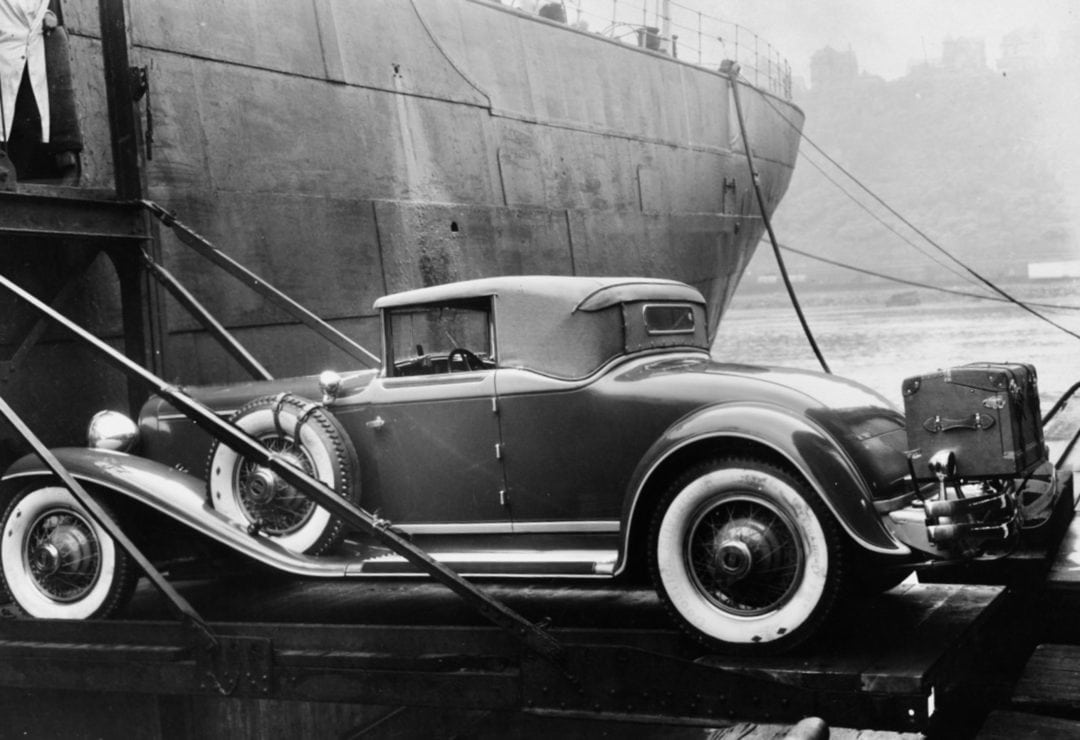
The Auburn Cord Duesenberg Automobile Museum details the company’s history and highlights how Cord’s export department cultivated dealers in 93 countries and U.S. territories. By 1930, new car dealerships were popping up at the rate of five per day. Yet, Cord’s savvy knowledge helped him sell his dream to the world. “E. L. Cord came from Chicago and his sales knowledge turned everything around—not just from sales but to building cars and becoming an entrepreneur,” says Walter Fisher, communications and marketing manager for the museum.
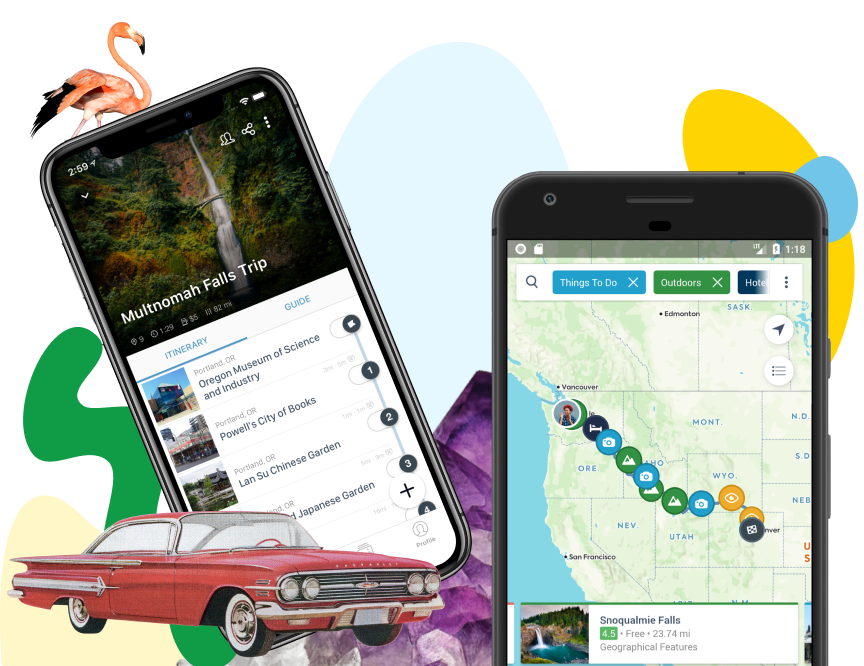
Download the mobile app to plan on the go.
Share and plan trips with friends while discovering millions of places along your route.
An important slice of the past
Even though the Auburn, Cord, and Duesenberg names were associated with some of the most elaborate and expensive automobiles on the market, Cord still wanted to produce cars for every family’s budget. He was marketing not just a car, but a lifestyle. The company succeeded until the Depression caused the pool of potential customers to shrink. High-end models such as the Duesenberg were hit especially hard. In 1931, the Auburn Automobile Company sold a record 34,000 cars. By 1937, it had filed for bankruptcy.
In 1969, community leaders and local volunteers formed the non-profit organization Auburn Automotive Heritage, Inc., which raised funds to restore the company’s old showroom and factory headquarters, and gathered automobiles to put on display. The resulting museum opened to the public on July 6, 1974. The original setting and extensive archival collections take visitors on an intriguing trip back to a time when administrators, salespeople, and switchboard operators worked alongside engineers, designers, and auto workers to build cars by hand.
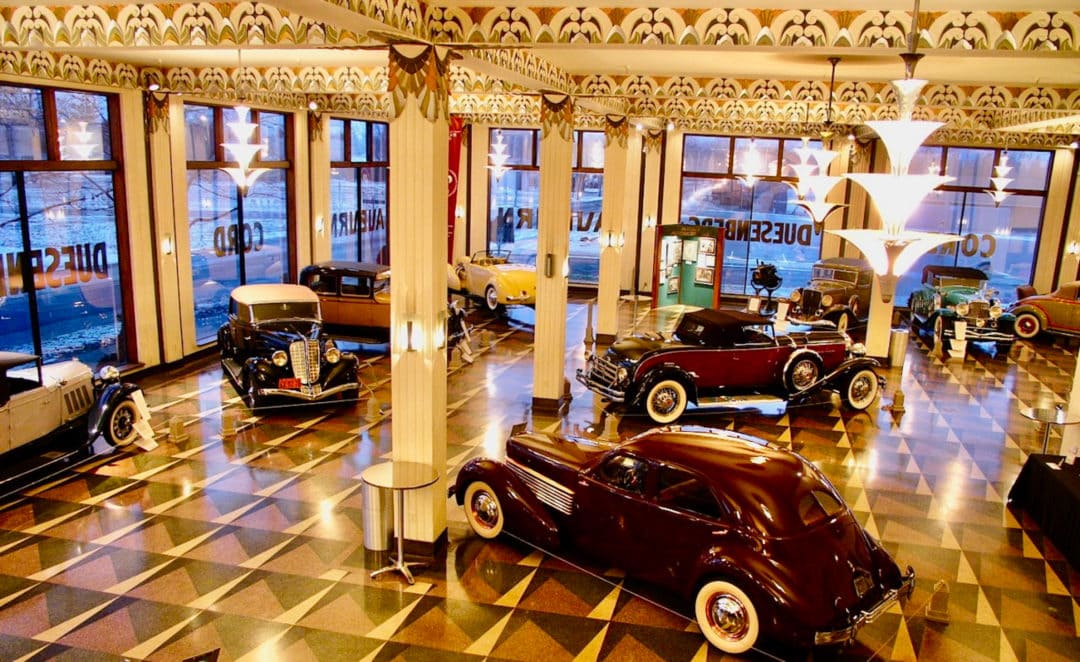
The main art deco building, constructed in 1929 by A.M. Strauss, fell into disrepair after the company’s demise, but it has since been beautifully restored. Walking into the original showroom with its grand stairway, geometric terrazzo floor, and hand-painted ceilings, I am grateful for the many people who preserved this important slice of the past. Thanks to their efforts, the building was named a National Historic Landmark in 2005 and is listed in the National Register of Historic Places.
As I stand in the original clay model studio where Gordon Buehrig designed the first Cord 810, I can feel the creativity in the air. I admire the original designs, featured as illustrations in a gallery, and the way they merge glamour with elegance. Fine details that make up the inner anatomy of the cars—the parts that actually made them run—still function in 113 of the museum’s 120 cars on display.
The Hall of Technology offers proof of how the innovators who worked here kept advancing technology throughout the years. Executives, engineers, and designers were driven to transform automobiles beyond their racing roots and imagine a future where everyone had access to a car. The competitive raceway located 160 miles away in Indianapolis showcased models such as the Auburn Speedster and the Cord 810/812, paving the way for passenger versions of popular race cars.
Cars of the stars
But Indiana’s automotive history isn’t limited to the racetrack. New York Yankees’ baseball great Babe Ruth owned a 1926 Auburn 8-88 Roadster. Cord had no problem using the cache of celebrity to market his cars, and the museum’s Cars of the Stars exhibit includes a car virtually identical to Ruth’s alongside a cut-out of the famous player himself. Amelia Earhart received an “aircraft-inspired” 1937 Cord 812 from her husband George Putnam. A photograph shows Earhart standing proudly in front of her new car, which is parked next to her Lockheed Electra 10E plane.
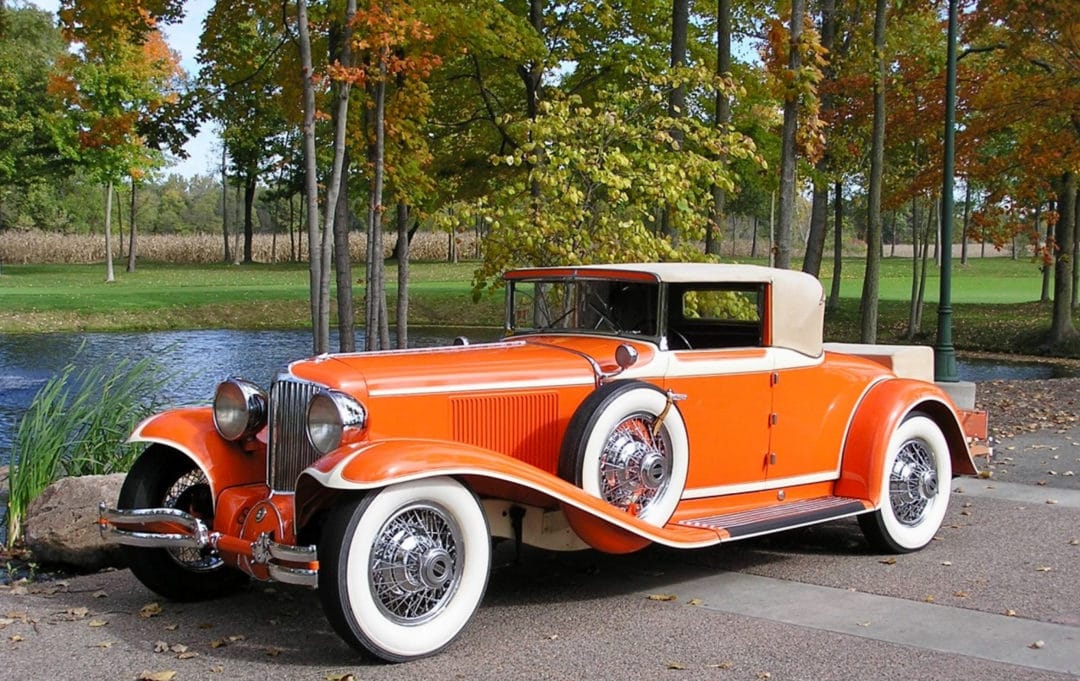
But my favorite piece in the collection is Frank Loyd Wright’s bright orange 1930 Cord L-29 Cabriolet. The famous architect was fascinated by cars and owned more than 50 of them during his lifetime. This beauty is one of two in the museum previously owned by Wright. According to the museum’s website, Wright wrote, “I became a Cord owner because I believe the principle of the front drive to be logical and scientific, therefore, inevitable for all cars. The proportion and lines of the Cord come nearer to expressing the beauty of both science and logic than any other car I have ever seen.”
A special exhibit also features pieces from Auburn’s non-automobile history, including a Thompson submachine gun used by notorious gangster John Dillinger. The Auburn Police Department was one of four police stations robbed by Dillinger’s gang in the 1930s. In addition to the Thompson gun, they stole ammunition, several other weapons, and bulletproof vests. After the FBI returned the gun to the Auburn Police Department in 2014, it was gifted to the museum where it is on display alongside other artifacts from the era.
Above all else, the Auburn Cord Duesenberg Automobile Museum is a tribute to those who invested—and still invest—in preserving U.S. history.
If you go
The Auburn Cord Duesenberg Automobile Museum is open seven days a week from 9 a.m. to 5 p.m., and closed on New Year’s Day, Thanksgiving, and Christmas.


